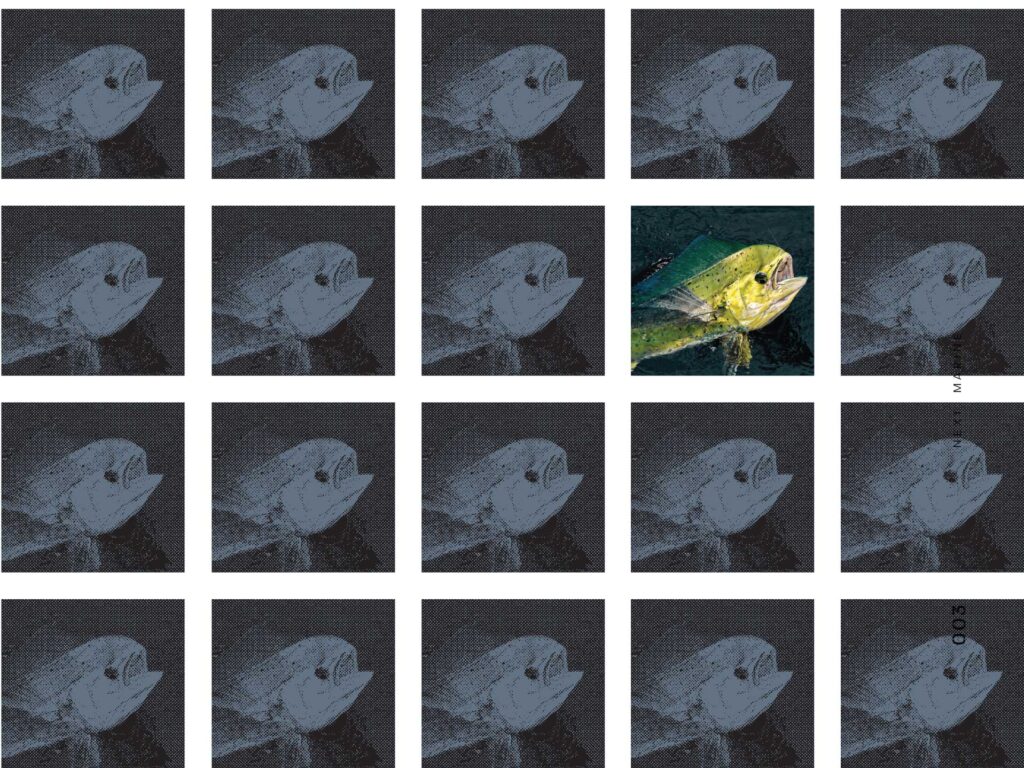Tracking Our Favorite Gamefish
 Once unfathomable, even fast-growing gamefish such as mahimahi aren’t beyond impacts from overfishing.
Courtesy David J. Shuler/adobe.stock
Once unfathomable, even fast-growing gamefish such as mahimahi aren’t beyond impacts from overfishing.
Courtesy David J. Shuler/adobe.stock
Sustainability in the marine space is a broad subject indeed, so given the real estate available for these considerations in this column, I will stick to fish and fishing. After all, what is more important for us anglers than sustainable fishing? In my lifetime, it has become quite apparent how the marine environment has been degraded by a number of anthropogenic influences, but particularly by overfishing.
Sustainable fishery management begins with research and data collection. It is vital to learn about the life history and ecology of the species of fish, crustaceans and mollusks, for which we like to fish and also consume. That data provides us with the vital science that fisheries managers use to decide on closed areas, closed seasons, minimum sizes, slot sizes and boat-catch limits. Companies in our genre would be wise to invest in this research (perhaps even the research by our own Guy Harvey Research Institute) and marine science education initiatives like those run by the Guy Harvey Foundation.
For solitary and well-dispersed demersal species such as snapper and grouper, there is a particular reproductive behavior that makes these desirable species vulnerable to overfishing. They congregate annually in the same place at the same time in what is called a spawning aggregation site. Throughout tropical seas the world over, fishermen have discovered these sites and systematically plundered them. Because these are generally slow-growing, long-lived species, they are slow to recover from overfishing. Many such species are now commercially extinct.
The dolphinfish—also known as mahimahi or dorado—is another preventable overfishing story. Growing up in the Caribbean, like so many anglers around us, we never thought we would run out of dolphin. Well, we have. Through the demand and supply of mahi sandwiches to restaurants in North America, enormous pressure has been placed on this rapidly growing fish. When will sensible catch limits and minimum sizes be implemented along the USA’s East and Gulf coasts, the Bahamas and the Caribbean? A regional approach to research and education about this species is required. A moratorium of catching dolphin commercially for two years would see an immediate increase in numbers.
The same situation exists with most species of turtles. Turtles have been so overexploited for centuries that it will take the turtle populations hundreds of years to recover. Research and conservation of turtles worldwide has resulted in massive improvements in the numbers of most species over the past two decades.
Read Next: Understanding Fish Migrations
Research by the GHRI in 2004 estimated that 45 to 70 million sharks were being killed in the Asian shark-fin trade each year. The GHRI has electronically tagged 140 shortfin mako sharks over seven years, and 30 percent of those sharks were caught and killed by recreational and commercial fishermen—a staggering mortality rate that was 10 times higher than mortality rates calculated by NOAA. Efforts to conserve mako sharks in the Atlantic are now in place. Long-lived and slow-growing species—such as sharks—simply cannot accommodate that level of fishing.
Long-term investments in the research of marine life allow us to better manage all species as well as teach our children about the importance of marine life to our own ecology.
As enthusiasts who enjoy the sea, it is our collective responsibility to conserve the marine environment and maintain the biodiversity of our planet. Please fish and dive responsibly—and sustainably.
The post Tracking Our Favorite Gamefish appeared first on Salt Water Sportsman.
- Home
- About Us
- Write For Us / Submit Content
- Advertising And Affiliates
- Feeds And Syndication
- Contact Us
- Login
- Privacy
All Rights Reserved. Copyright , Central Coast Communications, Inc.